During Baselworld, Mühle Glashütte introduced a new diver to the ProMare collection that epitomizes the sporty and nautical nature of the line.
The ProMare Go — named to demonstrate its maritime-readiness — features a bidirectional bezel allowing its wearer to quickly measure elapsed time. The watch uses two different shades of blue to highlight its nautical value (ProMare loosely translates to “for the sea”) and is water resistant to 300 m. It’s highly legible and the hands and indices are coated in lume. There’s also a small date aperture at 3 o’clock with a light blue background.
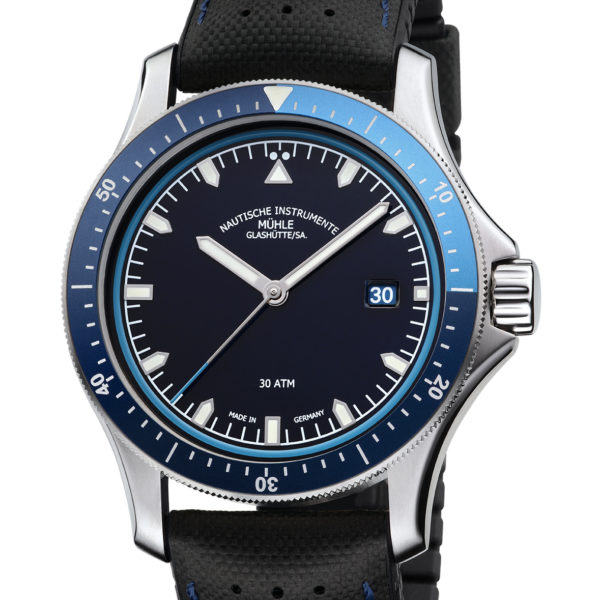
Inside the watch is a workhorse Sellita SW 200-1 movement that has a 38-hour power reserve and has been modified by Mühle to include the brand’s patented woodpecker neck regulation, which is mounted on a balance cock developed specifically for the caliber. Mühle Glashütte initially developed the regulation back in 2003 and has been using it ever since. The regulation offers another advantage in the form of a regulator arm held in place by a unique counter-pressure spring, increasing its overall shock resistance.
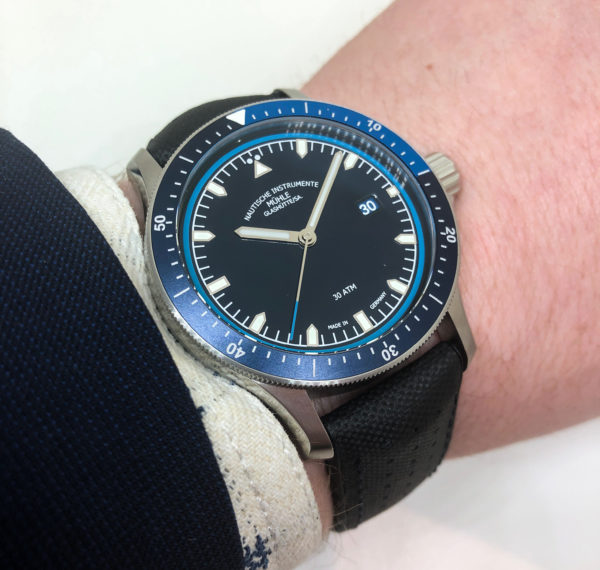
The thickness of the watch’s sapphire crystal is another positive addition to its overall reliability. At 2.5 mm thick and coated with an anti-reflective substance, the watch should be able to withstand whatever you throw at it. Somewhat surprisingly, there’s also an exhibition caseback. Finishing wise, the stainless steel case has an alternating brushed and polished look.
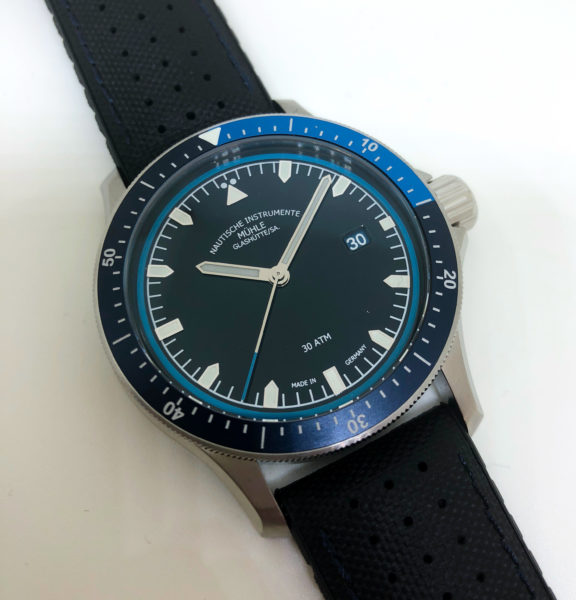
The Mühle Glashütte ProMare Go is priced at $2,100.


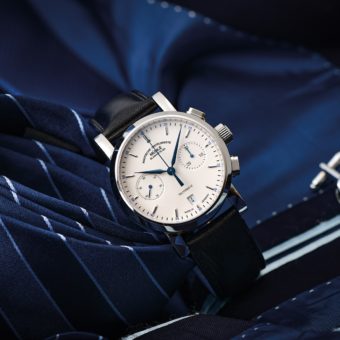

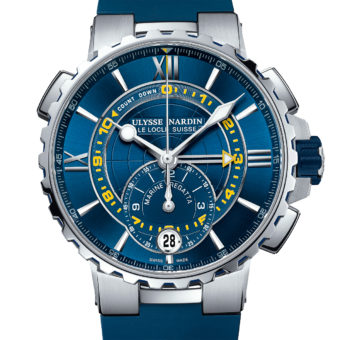
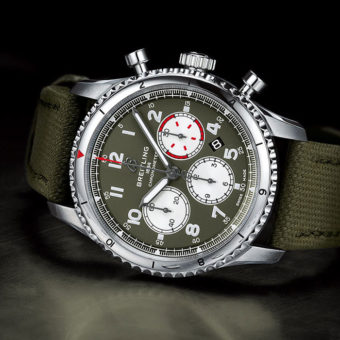
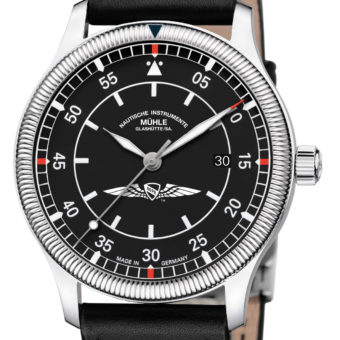
Pity there is no picture of the only (claimed) technical innovation, the counter-pressure sprung regulation. Good looking watch but the bidirectional bezel is a no-no for a serious dive watch.
Could have included a picture of the exhibition caseback also.
Hi
The back can be seen on the makers website
And the reason you failed to mention the negative potential consequences of a bidirectional bezel on a dive watch was?
I guess because no one uses them for diving anymore, no one knows why they were only unidirectional to begin with, so Mühle decided to market it as something new. A bidirectional bevel would actually be technically simpler than a unidirectional one.
i believe a unidirectional bezel is still used and it is unidirectional for a reason, in case you accidentally touch the bezel during a dive (after having set it to the correct dive time) it cannot indicate a superior dive time but only an inferior one ( unless it goes a whole 360 degrees!) with a bidirectional bezel this could be dangerous